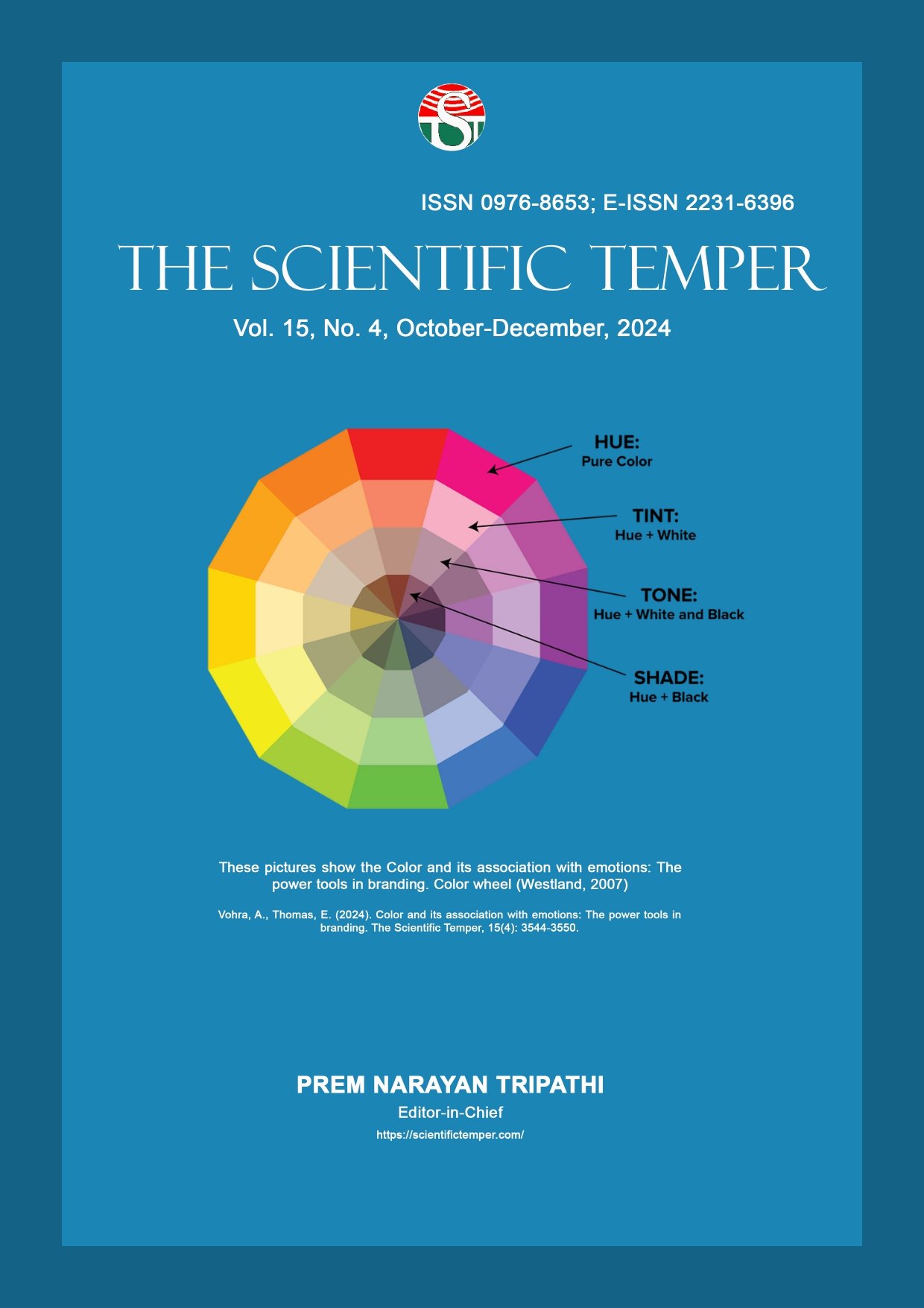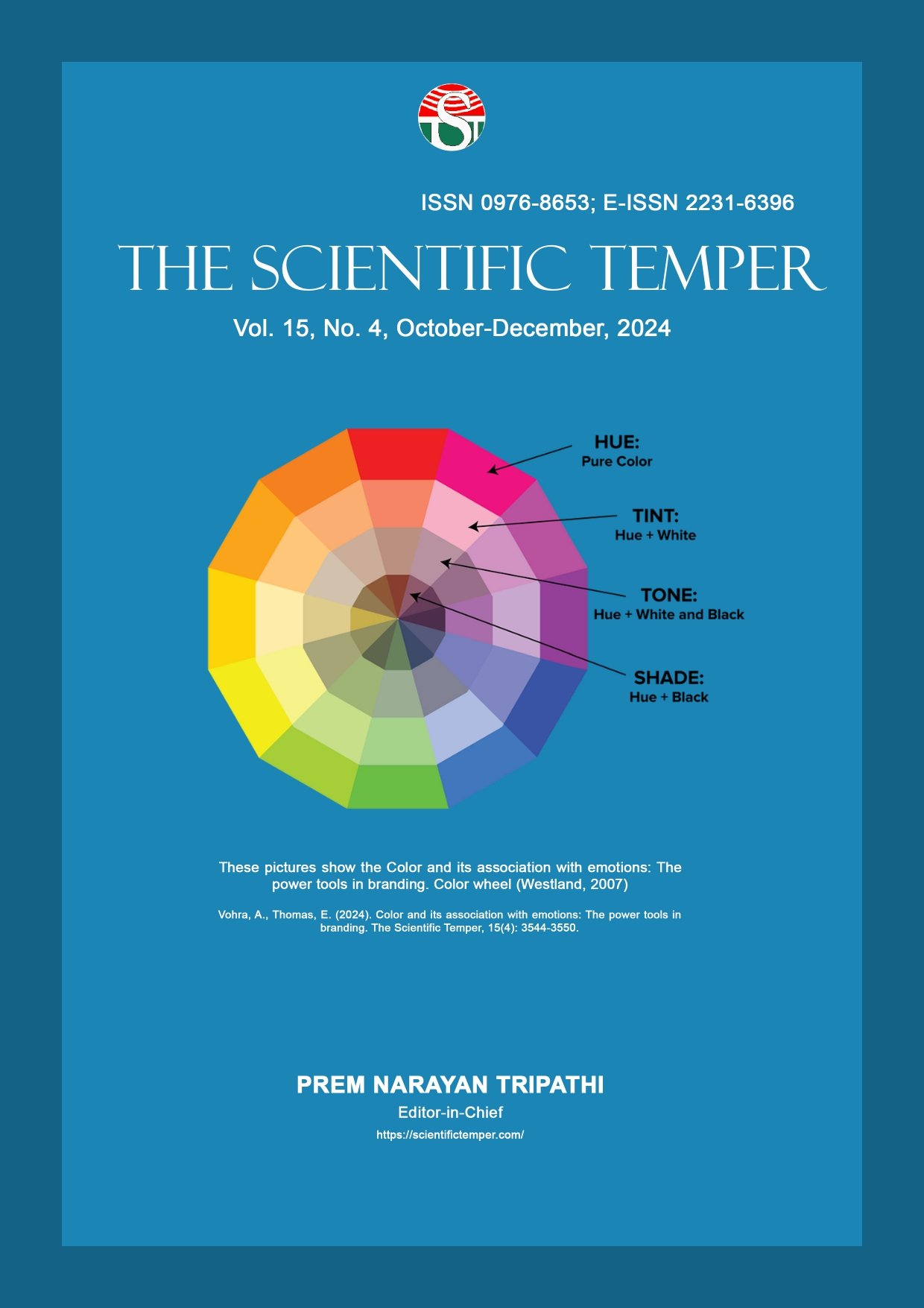A novel approach to heart disease classification using echocardiogram videos with transfer learning architecture and MVCNN integration
Downloads
Published
DOI:
https://doi.org/10.58414/SCIENTIFICTEMPER.2024.15.4.33Keywords:
Transfer Learning, VGG19, DenseNet201, InceptionV3, MVCNN architecture, Ensemble modelsDimensions Badge
Issue
Section
License
Copyright (c) 2024 The Scientific Temper

This work is licensed under a Creative Commons Attribution-NonCommercial-ShareAlike 4.0 International License.
The echocardiogram, also known as a cardiac ultrasound, captures real-time images of the heart’s chambers and valves. Ultrasonic waves are used in this method to penetrate the skin and generate the pattern of the heart’s movement, allowing healthcare professionals to assess its overall function. In this research study, we propose a novel approach for classifying heart diseases relying on echocardiogram videos using transfer learning and ensemble methods. The approach involves using pre-trained convolutional neural network models such as VGG19, Densenet201, and Inceptionv3 as feature extractors and then training a classifier on top of these extracted features. The pre-trained models have been trained on large datasets with millions of images, making them highly effective feature extractors for various computer vision tasks. The main objective is to leverage the learned representations from these models and apply them to echocardiogram videos for accurate classification of heart diseases. The novel integration of MVCNN (pre-trained convolutional neural network models VGG19, Densenet201, and Inceptionv3) with ensemble methods has led to a significant increase in accuracy, achieving an overall accuracy of 98.09% in classifying heart diseases using echocardiogram videos and achieved AUC-0.82% After implementing the novel integration.Abstract
How to Cite
Downloads
Similar Articles
- B. S. E. Zoraida, J. Jasmine Christina Magdalene, Smart grid precision: Evaluating machine learning models for forecasting of energy consumption from a smart grid , The Scientific Temper: Vol. 15 No. spl-1 (2024): The Scientific Temper
- Karthik Gangadhar, Prem Kumar N, Neuroprotective activity of alcoholic extract of Operculina turpethum roots in aluminum chloride-induced Alzheimer’s disease in rats , The Scientific Temper: Vol. 15 No. 04 (2024): The Scientific Temper
- T. Malathi, T. Dheepak, Enhanced regression method for weather forecasting , The Scientific Temper: Vol. 15 No. spl-1 (2024): The Scientific Temper
- V Anitha, Seema Sharma, R. Jayavadivel, Akundi Sai Hanuman, B Gayathri, R. Rajagopal, A network for collaborative detection of intrusions in smart cities using blockchain technology , The Scientific Temper: Vol. 14 No. 03 (2023): The Scientific Temper
- Murugaraju P, A. Edward William Benjamin, Efficacy of multimedia courseware in achievement in Mathematics , The Scientific Temper: Vol. 16 No. 01 (2025): The Scientific Temper
- Lakshminarayani A, A Shaik Abdul Khadir, A blockchain-integrated smart healthcare framework utilizing dynamic hunting leadership algorithm with deep learning-based disease detection and classification model , The Scientific Temper: Vol. 15 No. 04 (2024): The Scientific Temper
- Sandip Sane, Diksha Tripathi, Nitin Ranjan, Digital transformation in management education: Bridging theory and practice , The Scientific Temper: Vol. 15 No. 04 (2024): The Scientific Temper
- Muhammed Jouhar K. K., Dr. K. Aravinthan, An improved social media behavioral analysis using deep learning techniques , The Scientific Temper: Vol. 15 No. 03 (2024): The Scientific Temper
- Jayalakshmi K., M. Prabakaran, The role of big data in transforming human resource analytics: A literature review , The Scientific Temper: Vol. 15 No. spl-1 (2024): The Scientific Temper
- Suman Kumar Saurabh, Prashant Kumar, Per Recruit Models for Stock Assessment and Management of Carp Fishes in the Pattipul Stream, Sheetalpur, Saran (Bihar) , The Scientific Temper: Vol. 12 No. 1&2 (2021): The Scientific Temper
<< < 4 5 6 7 8 9 10 11 12 13 > >>
You may also start an advanced similarity search for this article.



